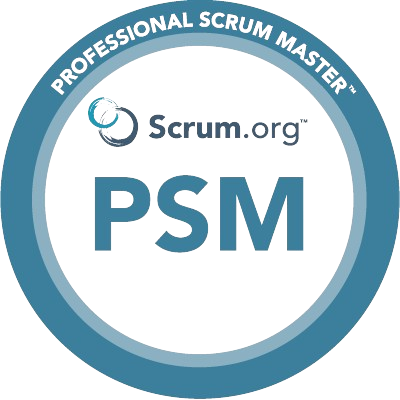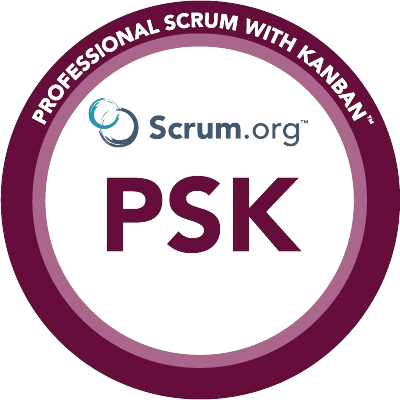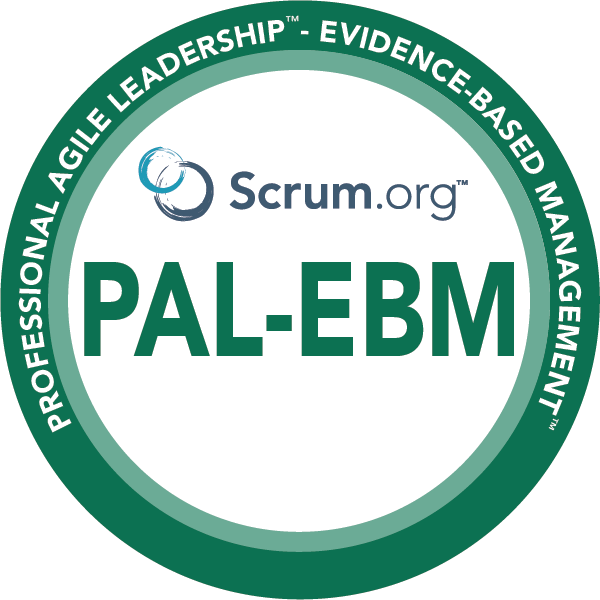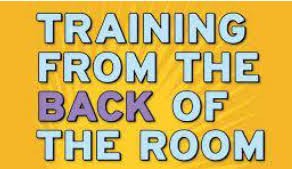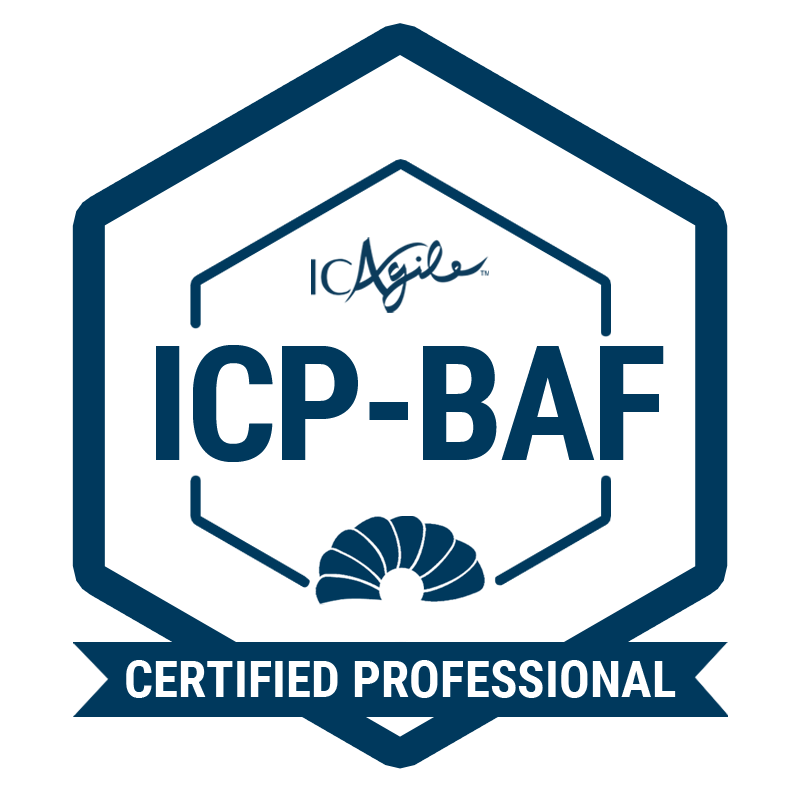I want to thank and appreciate Satyajit Gantayat Sir for his training sessions that helped me learn about SAFe® 6 and c...
Table of contents
-
What is Market Research
-
What is Competitor Analysis
-
What are the Benefits of Market Research
-
What are the Benefits of Competitor Analysis?
-
How to do Market Research and Competitor Analysis
-
Conclusion
In today’s highly competitive market, businesses must stay ahead of their rivals to thrive. To do this, you need to know your market and competitors well. Whether you're launching a new product or looking to grow your current business, market research and competitor analysis provide crucial insights that inform your strategy.
In this guide, we'll break down what market research and competitor analysis are, why they matter, and how you can effectively use them to your advantage.
What is Market Research?
Market research is the process of gathering, analyzing, and interpreting information about a market, including details about potential customers, competitors, and industry trends. This data is invaluable for understanding customer needs, evaluating market size, and discovering opportunities and risks.
Market research can be divided into two main types:
-
Primary Research – Direct information from surveys, interviews, or focus groups.
-
Secondary Research – Data gathered from existing resources such as industry reports, news articles, and competitor websites.
Through market research, you learn about your audience, the demand for your product or service, and how your business fits into the competitive landscape.
What is Competitor Analysis?
Competitor analysis is a subset of market research that focuses on identifying and evaluating your business rivals. It involves understanding who your competitors are, what they offer, and how their strategies impact the market.
Competitor analysis goes beyond just knowing who your direct competitors are. It includes:
-
Direct Competitors – Businesses offering the same product or service.
-
Indirect Competitors – Companies providing a different product but fulfilling the same need (e.g., restaurants vs. food delivery services).
-
Aspirational Competitors – Larger or more established companies you may want to emulate or surpass in the future.
By examining your competitors' strengths and weaknesses, you can find opportunities to differentiate your business and meet customer needs more effectively.
Become a Product Management Leader with ICAgile Product Management Certification (ICP-PDM) Training
Join the ICP-PDM course to learn cutting-edge product management techniques that drive success in a competitive market. Register now!
Register Now
What are the Benefits of Market Research?
Market research provides several key benefits, including:
-
Understanding Customer Needs: It helps you identify what your target audience wants, allowing you to tailor products or services to meet those needs.
-
Reducing Risk: Launching a new product or entering a new market carries risks. Market research can help mitigate those risks by providing data-driven insights.
-
Identifying Opportunities: It uncovers gaps in the market where your business can thrive, or areas where you can innovate to create a competitive edge.
-
Staying Updated on Trends: Consumer preferences and industry trends change quickly. Regular market research helps you stay informed and agile.
What are the Benefits of Competitor Analysis?
Competitor analysis helps you keep a pulse on the competition and offers several advantages:
-
Identify Strengths and Weaknesses: You can identify areas where competitors excel and where they fall short, providing opportunities for your business to stand out.
-
Improve Your Strategy: By understanding competitors' marketing strategies, pricing, and customer service, you can refine your own approach.
-
Spot Emerging Threats: New competitors or disruptive business models can shake up the industry. Competitor analysis helps you anticipate these changes.
-
Gain Competitive Advantage: The more you know about your rivals, the easier it is to differentiate yourself, ensuring your brand stands out.
How to Do Market Research and Competitor Analysis
Conducting thorough market research and competitor analysis requires a combination of methods and tools. Here’s how you can get started:
Step 1: Identify Your Market and Customers
The first step is to clearly define your market. Understand your target audience by answering these questions:
-
Who are your customers?
-
What problems are they trying to solve?
-
How do they currently meet these needs?
Conduct primary research by surveying or interviewing your current and potential customers. Use secondary sources, such as industry reports and trade publications, to gather broader insights.
Step 2: Gather Competitor Information
Next, identify who your competitors are. This includes direct, indirect, and aspirational competitors. There are a variety of tools you can use to collect data on your competitors:
-
Online Tools: Use platforms like Google Trends, SEMrush, or SimilarWeb to analyze competitors’ web traffic, keywords, and digital presence.
-
Social Media Monitoring: Tools like SocialMention or Hootsuite can track your competitors’ social media engagement and public sentiment.
-
Company Reports: Review competitor websites, press releases, and industry news to stay informed about their business activities.
Step 3: Analyze Competitor Strengths and Weaknesses
Once you’ve gathered data, evaluate each competitor’s:
-
Products/Services: What are they offering? How do they differentiate their products or services?
-
Marketing Strategies: What channels are they using to reach customers? What messages are they conveying?
-
Customer Feedback: What are customers saying about them online? Are there common complaints or praises?
Step 4: Benchmark Your Business
After analyzing your competitors, compare their performance to your own. This will help you find areas where your business excels and where improvements are needed. Some key aspects to compare include:
-
Pricing
-
Product features
-
Customer service
-
Market share
Step 5: Monitor Industry Trends
Market research and competitor analysis aren’t one-time tasks. The market landscape constantly evolves, so regular monitoring is essential. Stay up-to-date by:
-
Subscribing to industry newsletters and reports
-
Following key influencers and thought leaders in your industry
-
Attending trade shows or conferences to network and learn about new trends
Conclusion
Market research and competitor analysis are essential components of a successful business strategy. By understanding your customers, staying informed about competitors, and identifying emerging trends, you can make smarter, data-driven decisions that ensure long-term growth.
Whether you’re just starting or looking to refine your business strategy, investing time in these activities will pay off by helping you stay one step ahead of the competition. Take the time to listen to your customers and observe your rivals – it’s the key to finding opportunities and maintaining your competitive edge.
Take Your Product Ownership to the Next Level with Our Professional Scrum Product Owner™ – Advanced (PSPO-A) Training
Expand your Product Owner skills with advanced techniques and strategies in PSPO-A training. Elevate your role in product delivery and stakeholder management.
Register Today!


